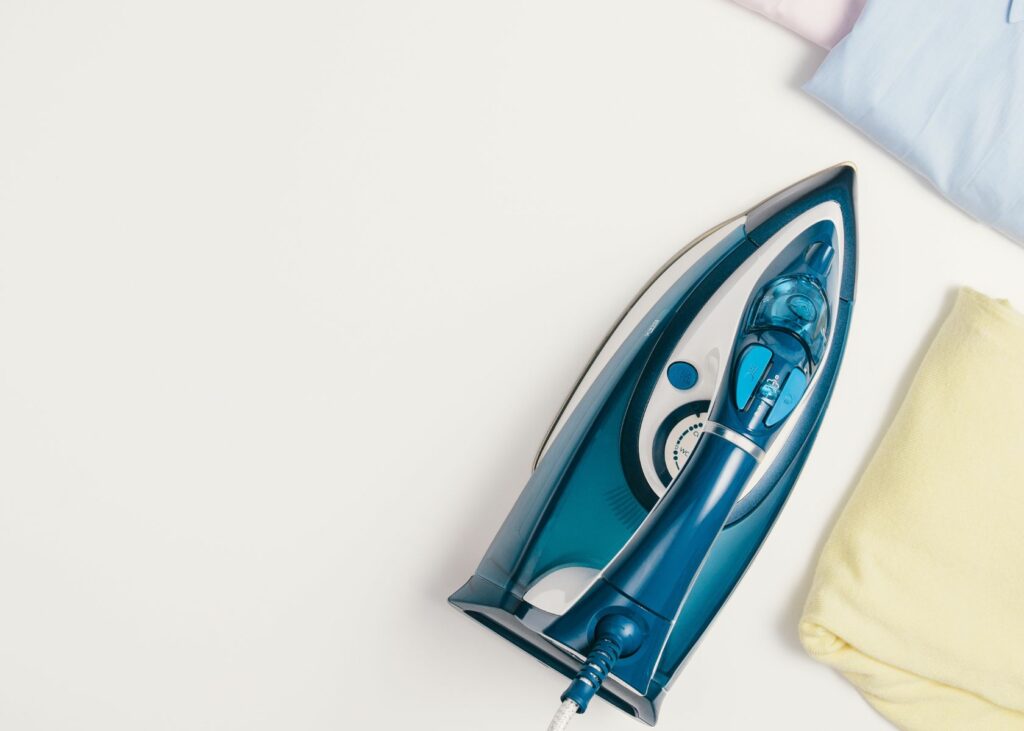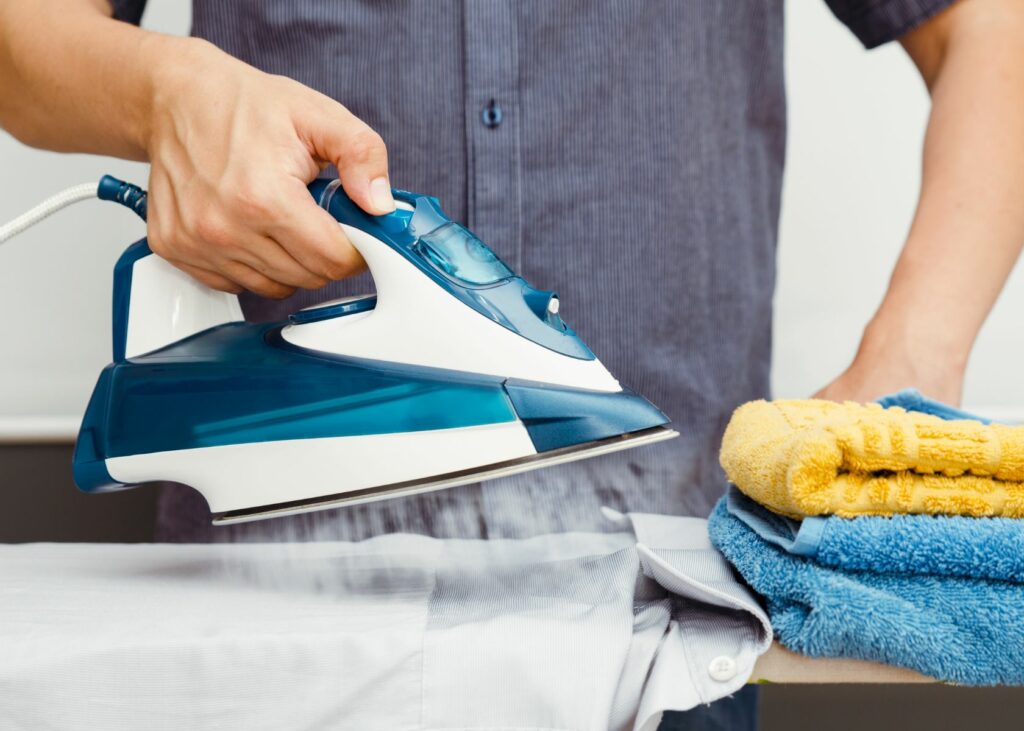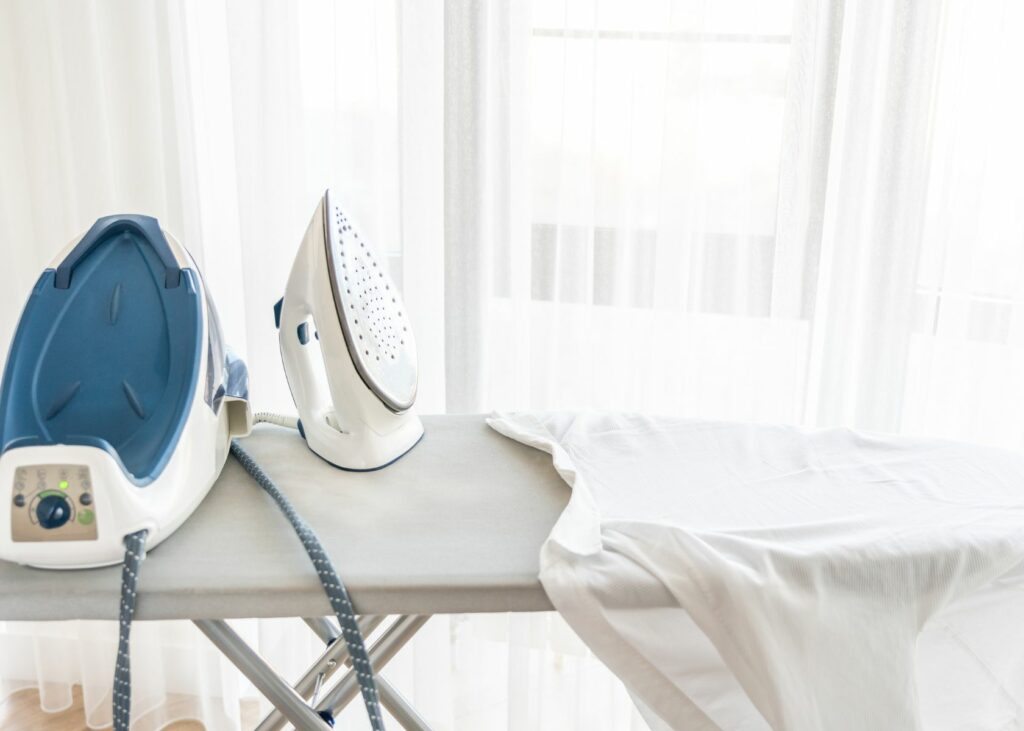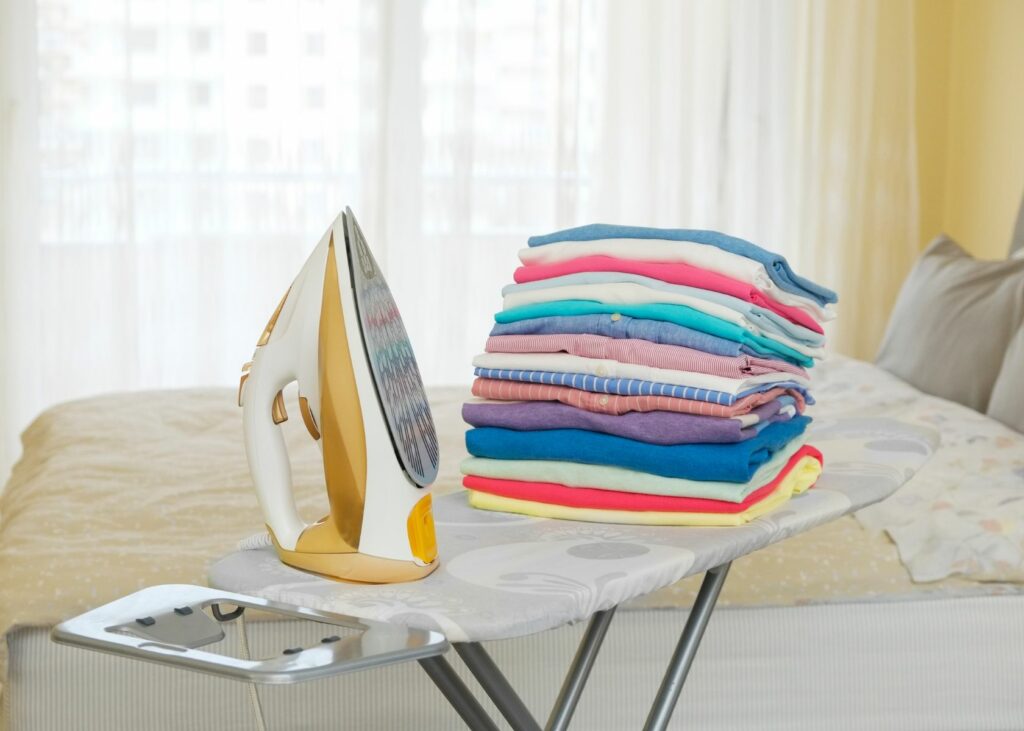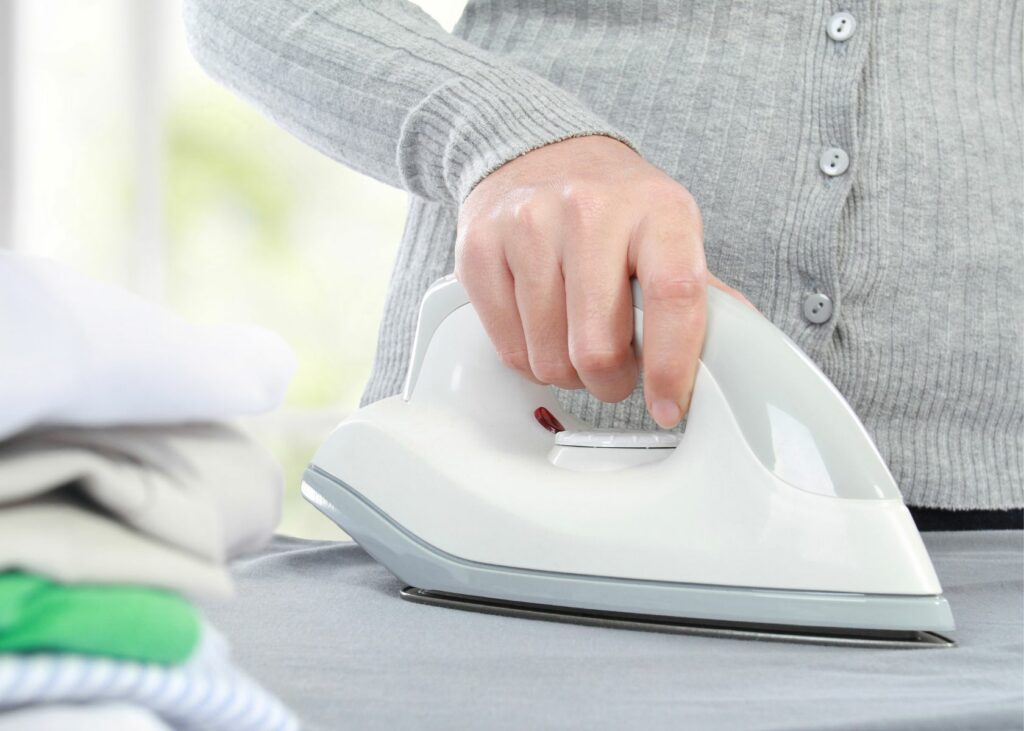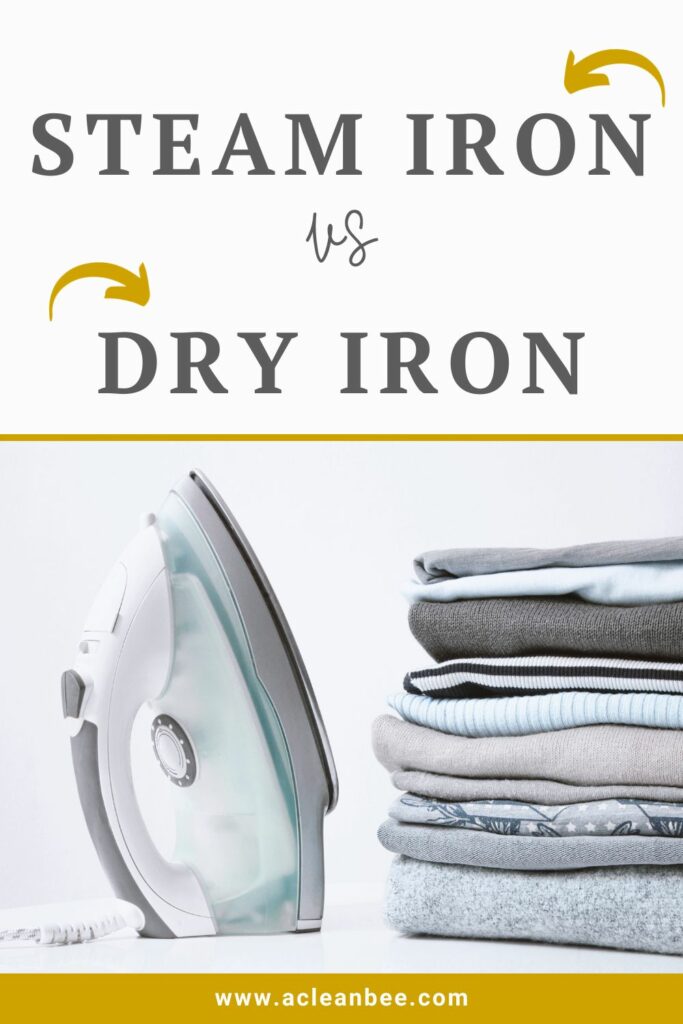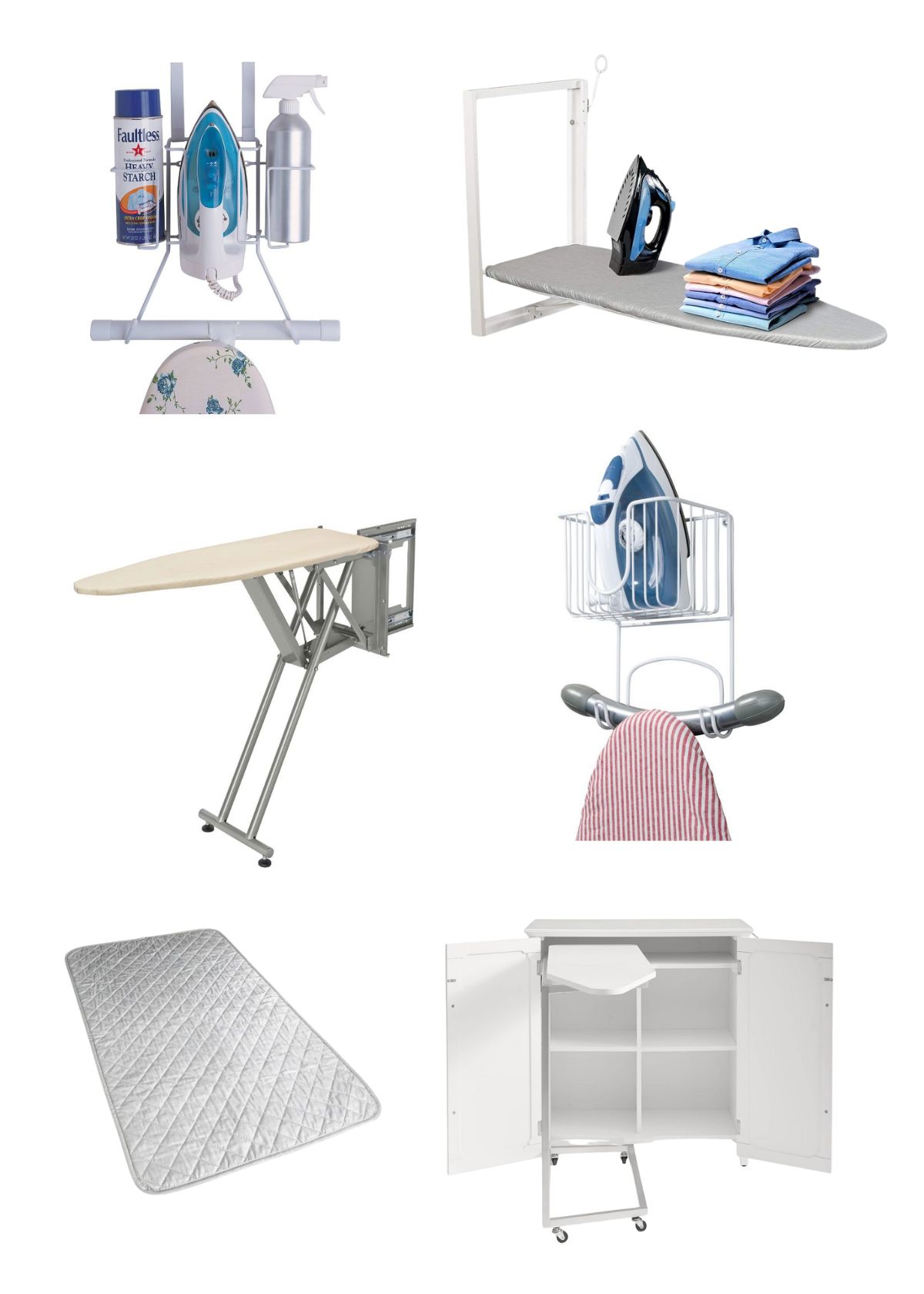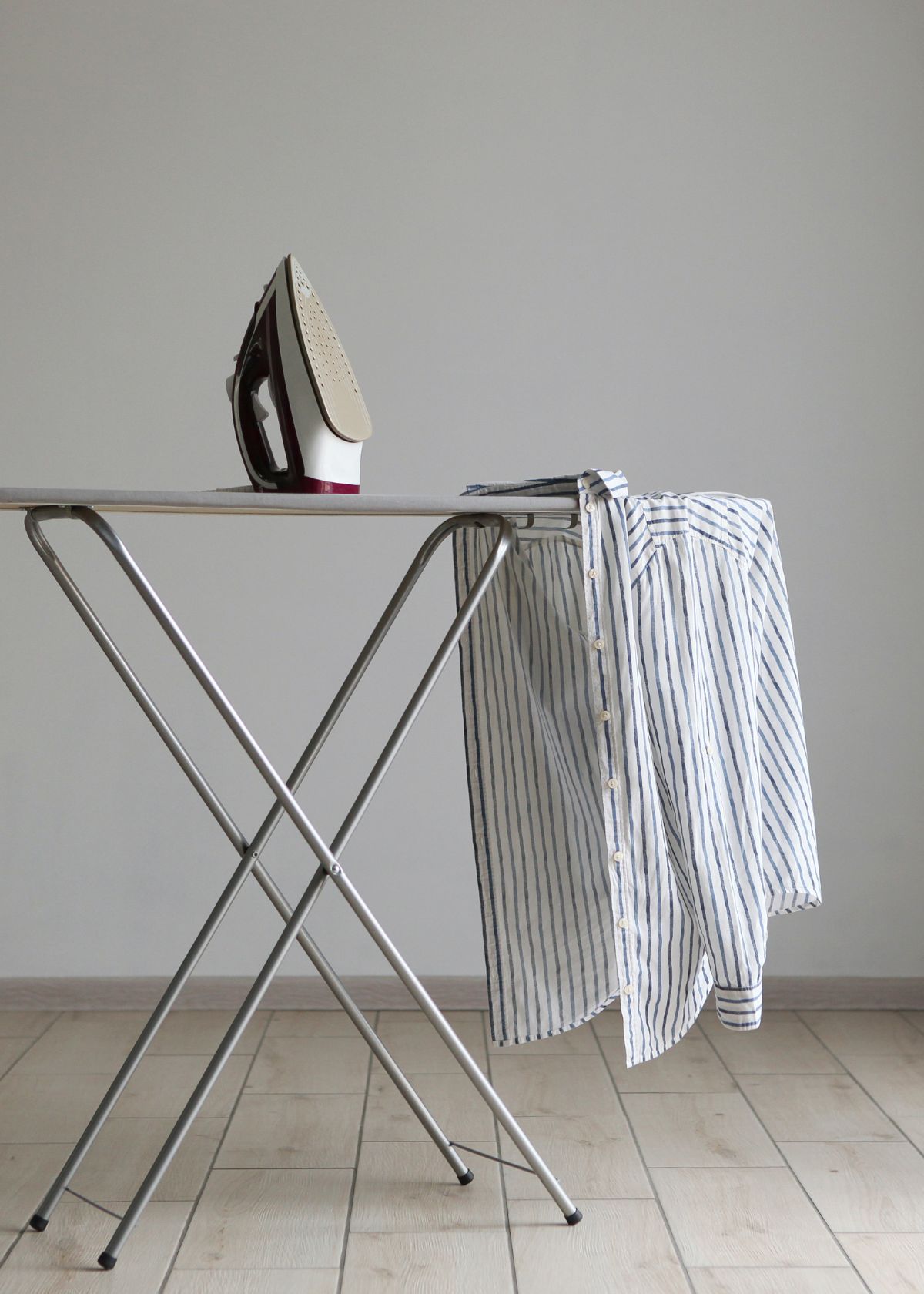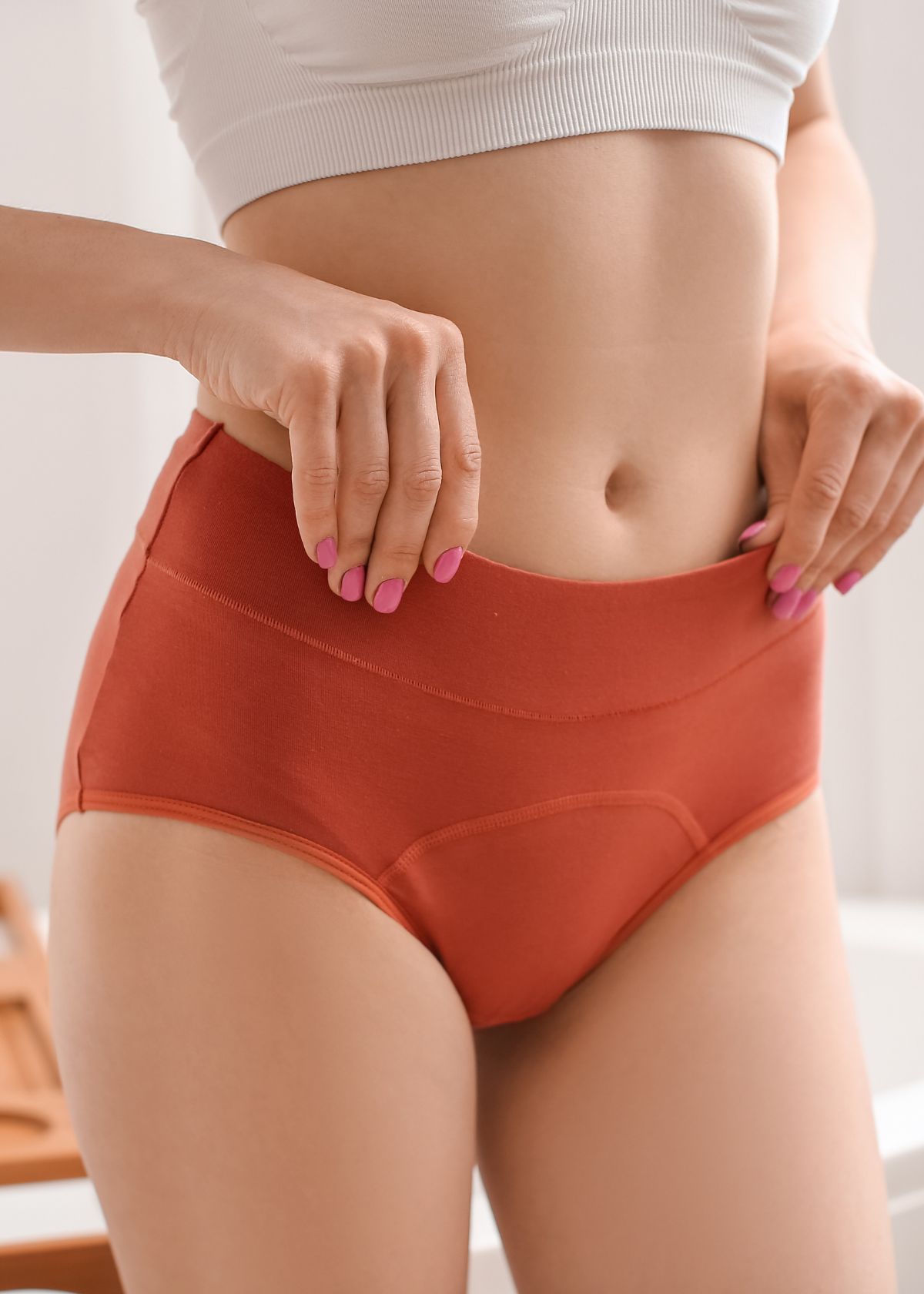Steam Iron vs. Dry Iron
I have recently become the type of homemaker who irons linen napkins. No one is as surprised as I am!
The ironing pursuit started when I made the official switch to linen napkins, and I could not accept how wrinkled they were after coming out of the dryer. So, I dug out my husband’s old steam iron from college and got to ironing.
As I was ironing, I realized I didn’t actually know how to iron, I was simply turning the iron on and moving the iron around on top of the napkins. This method somewhat worked, but I realized there might be a technique and an iron that would make ironing my linen napkins even more effective.
I made it my mission to learn more about ironing, specifically steam irons vs. dry irons, to understand which would be best for my needs.
Quick Navigation
What is Dry Ironing
Dry irons rely on high temperatures and applied pressure to remove wrinkles.
This method works well on most types of fabrics, and due to the lack of water, it’s known for not leaving any water stains or watermarks on clothes. As such, it’s preferred for fabrics that are prone to water damage.
The drawback of dry irons is their limited functionality as compared to steam irons.
Here’s a fun bit of history: it’s the oldest type of ironing, dating back to at least 400 BC when the Greeks used a goffering iron to intentionally create pleats on robes (source)!
What is Steam Ironing
Steam ironing is a more modern ironing approach as compared to dry ironing. It works by using steam, along with applied pressure, to remove wrinkles.
Even though it’s a more recent type of ironing than dry ironing, a version of steam ironing was employed dating back to the tenth century AD when Vikings used a linen smoother to iron pleats. The smoother was held near steam to warm up and was rubbed across the fabric (source).
People have been using irons, or forms of irons, to their sartorial advantage for centuries!
Unique Features of a Steam Iron
Steam irons use hot steam to remove wrinkles, whereas dry irons use just temperature.
Given that steam is required for a steam iron, a water tank is necessary to create the steam, and holes in the soleplate allow the steam to emit.
Water Tank
A steam iron has a water tank so that it can produce steam. The moisture in steam is great for removing wrinkles.
A dry iron does not have a water tank, so there is no possibility of spraying or spitting water onto your clothes.
That said, you can keep a water bottle handy when dry ironing to spray your fabric. The chemistry works similarly in that the water’s moisture will help break down the wrinkles.
Soleplates: Steam Output and Steam Holes
A steam iron has a steam output and holes for the steam to emit. You’ll need to make sure the holes do not get blocked up.
A dry iron does not have steam holes. The soleplate will be flat and smooth, which makes it easy to clean!
Spray Mist
A steam iron typically comes with an option to spray mist, which allows you to dampen clothes so that it’s easier to iron out wrinkles.
A dry iron does not have a built-in spray mist. Instead, you’ll need to firmly press the dry iron to remove wrinkles. You can opt to use a spray bottle to dampen clothes first.
Fabrics Best Suited for Steam Ironing vs. Dry Ironing
As I began learning more about steam irons vs. dry irons, I learned that chemistry plays a major role in why certain fabrics are better suited for a steam iron or a dry iron.
Plant-based fabric types such as cotton, linen, and hemp are made of cellulose, a polymer that consists of thousands of glucose molecules joined together to form linear chains. The glucose subunits bond to neighboring cellulose molecules via hydrogen bonds (source).
These hydrogen bonds are weak on their own, but together, they form a network that strengthens the fabric. Clothes get wrinkled because the hydrogen bonds are forever breaking and then reforming, and clothes take on the new shape of the fabric (source).
Steam irons effectively remove wrinkles from plant-based fabrics because the combination of heat and moisture is needed to break these hydrogen bonds (source).
Moreover, applying a bit of pressure forces the cellulose molecules to lie parallel with one another, thereby flattening the fabric.
Dry irons simply use heat and applied pressure to remove wrinkles, and the absence of water allows them to be used on more fabric types. The chemistry of applying pressure to force the molecules to lie parallel with one another, thereby flattening the fabric, still holds true.
| DRY IRON FABRICS | STEAM IRON FABRICS |
| Wool | Cotton |
| Cashmere | Denim |
| Flannel | Muslin |
| Polyester | Corduroy |
| Silk | Velvet |
| Rayon | Linen |
| Satin | |
| Polyester | |
| Nylon | |
| Lace | |
| Embroidery | |
| Acrylic | |
| Acetate |
Pros and Cons of a Steam Iron
Steam irons are incredibly effective at removing wrinkles from plant-based fabrics such as cotton. The combination of steam, moisture, and pressure breaks the hydrogen bonds that form the wrinkles (source).
Steam irons are versatile in that they can also be used as dry irons if you do not utilize the steam.
Drawbacks are that they are typically heavier, require more energy, and are harder to clean.
Pros:
- Quick and effective crease/wrinkle removal
- Steam and spray option for stubborn wrinkles
- Vertical ironing is an option and can be used on furniture, curtains, and upholstery
- Versatile: Simply empty the water tank to use a steam iron as a dry iron
Cons:
- Heavier than a dry iron
- Requires more energy
- Can leave marks on clothes
- Does not work on every fabric
- More difficult to clean due to the holes in the soleplate
- They can leak
Pros and Cons of a Dry Iron
Dry irons can be used with nearly all types of fabric, and they are easier to clean and maintain as there is no steam or water involved in a dry iron. For this reason, they are typically budget-friendly and long-lasting.
The drawbacks of a dry iron are that there is no steam or spray function, which might make removing wrinkles tougher. That said, you can keep a spray bottle to use to dampen your fabric.
Pros:
- Most fabrics can be ironed with a dry iron
- Easy to clean and maintain
Cons:
- No steam or spray function, not as effective on stubborn wrinkles
- No extra features besides temperature control
FAQs
You can leave water in a steam iron if you frequently iron and if you use distilled or soft water.
If you occasionally or rarely iron, it’s best to empty it after every use to avoid mineral buildup from hard water in the tank.
If you use the steam setting on fabrics that cannot be used with steam (like wool, silk, satin, cashmere, and polyester) they may shrink.
You can use tap water if you live in a soft water area.
If you live in a hard water area, you should mix a 1:1 ratio of the water with distilled water.
Steam irons can be used as dry irons by emptying the water tank and turning off the steam function.
Ironing prevents the aging process since it forces the fibers to maintain bonds within the fabric weave. It can even reverse the aging process, as steam ironing forces the separate fibers to bind again to maintain the weft (source).
All that to say, ironing not only improves the look of your fabric, but it actually helps to extend the lifespan!
Of course, make sure you are not leaving a hot iron on the fabric, creating iron burn marks, or spilling water on your fabric, creating stains.
Final Thoughts on Steam Irons vs. Dry Irons
I hope you now feel as knowledgeable as I do about when and why to use a steam iron vs. a dry iron.
I’ll continue to use a steam iron with my linen napkins, and now that I know a bit more about the chemistry behind how ironing works, I better employ the steam function.
Likewise, when it comes time to iron fabrics like wool or cashmere, I’ll turn the steam function off and use my iron as a dry iron.
Best of luck in your ironing pursuits!

